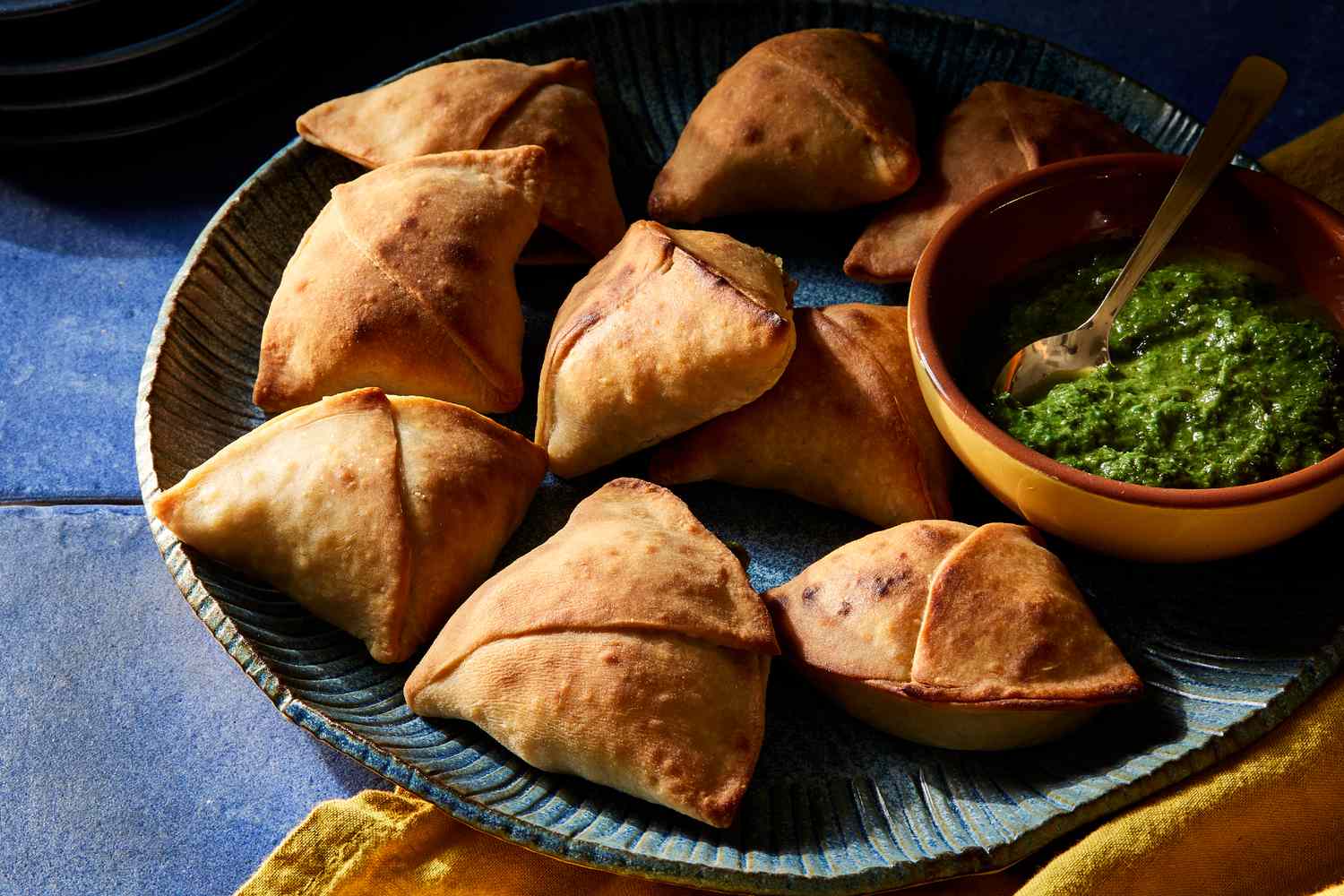
The Epic Central Asian Adventure
Our journey begins in the heart of Central Asia, where the samosa was known as “samsa” or “sambosa.” These early versions were no less than culinary gems, savory pastries stuffed with seasoned meat. The samsa was so renowned that Persian literature mentioned it as early as the 9th century, marking its presence during the Islamic Golden Age.
India’s Flavorsome Embrace
From the fertile plains of Central Asia, the samosa embarked on an exotic expedition to the Indian subcontinent, guided by Arab traders. It was in India that the samosa truly came into its own, adapting to the rich tapestry of local culinary traditions. The early Indian samosas were typically vegetarian, showcasing ingredients like lentils, chickpeas, and spiced potatoes.
The Transition to Vegetarianism
The shift from meat to vegetarian fillings in India was primarily due to the country’s vast vegetarian population and the growing influence of Jain and Hindu dietary restrictions. It’s fascinating how a humble pastry evolved to cater to such a diverse range of palates and cultural beliefs.
Regional Remixes
As the samosa journeyed across the Indian subcontinent, it underwent incredible regional transformations. In Punjab, the filling became heartier, with a mix of spiced potatoes, peas, and sometimes minced meat. Kolkata has its version known as “singara,” stuffed with a fiery blend of potatoes, peas, and sometimes raisins for a hint of sweetness. In Gujarat, they embraced spiciness with open arms, using green chilies and fresh herbs in their samosa fillings.
Colonial Intrigue
The British Raj era had its own share of influence on the samosa. The British introduced tea culture to India, and the samosa quickly became a beloved tea-time companion. It was also during this period that the familiar triangular shape emerged, possibly influenced by British pastry and pie traditions.
Samosa’s Global Odyssey
With the dawn of the post-colonial era, the samosa boldly ventured beyond South Asia, becoming a global sensation. Today, you can find variations of the samosa worldwide, each with its unique spin on the classic recipe. From the Middle East to Africa, Europe to North America, the samosa has journeyed far and wide, creating a global tapestry of flavor.a
Conclusion
The samosa, with its remarkable history and countless adaptations, serves as a flavorful reminder of the culinary crossroads that define human civilization. As you savor the next warm, crispy samosa, take a moment to appreciate the incredible journey it has taken to reach your plate. The samosa is not just a snack; it’s a symbol of multiculturalism, blending diverse cultures and tastes into one delightful treat. So, next time you indulge in this triangular wonder, let it remind you of the rich, mouthwatering world that lies behind every bite.